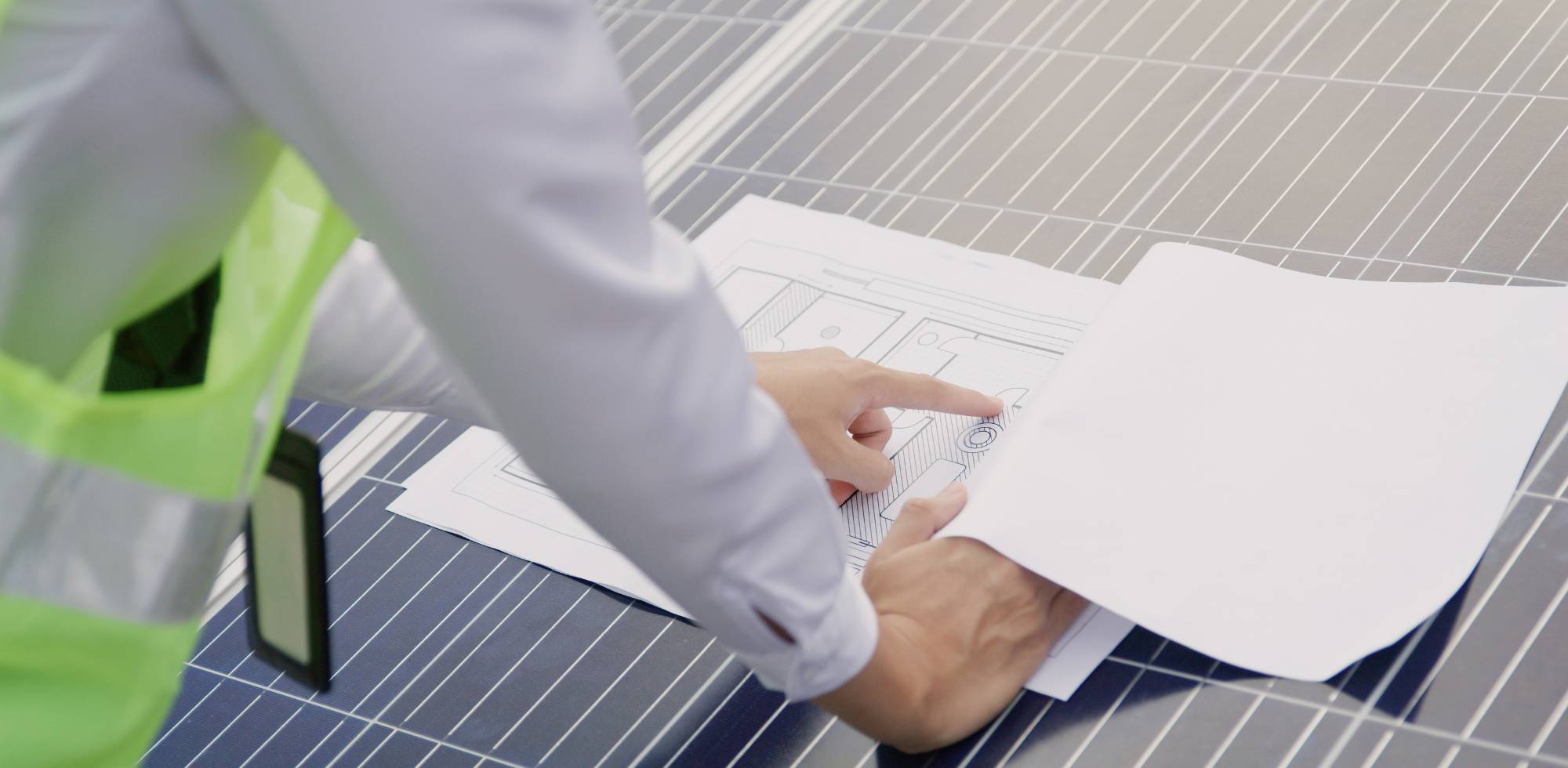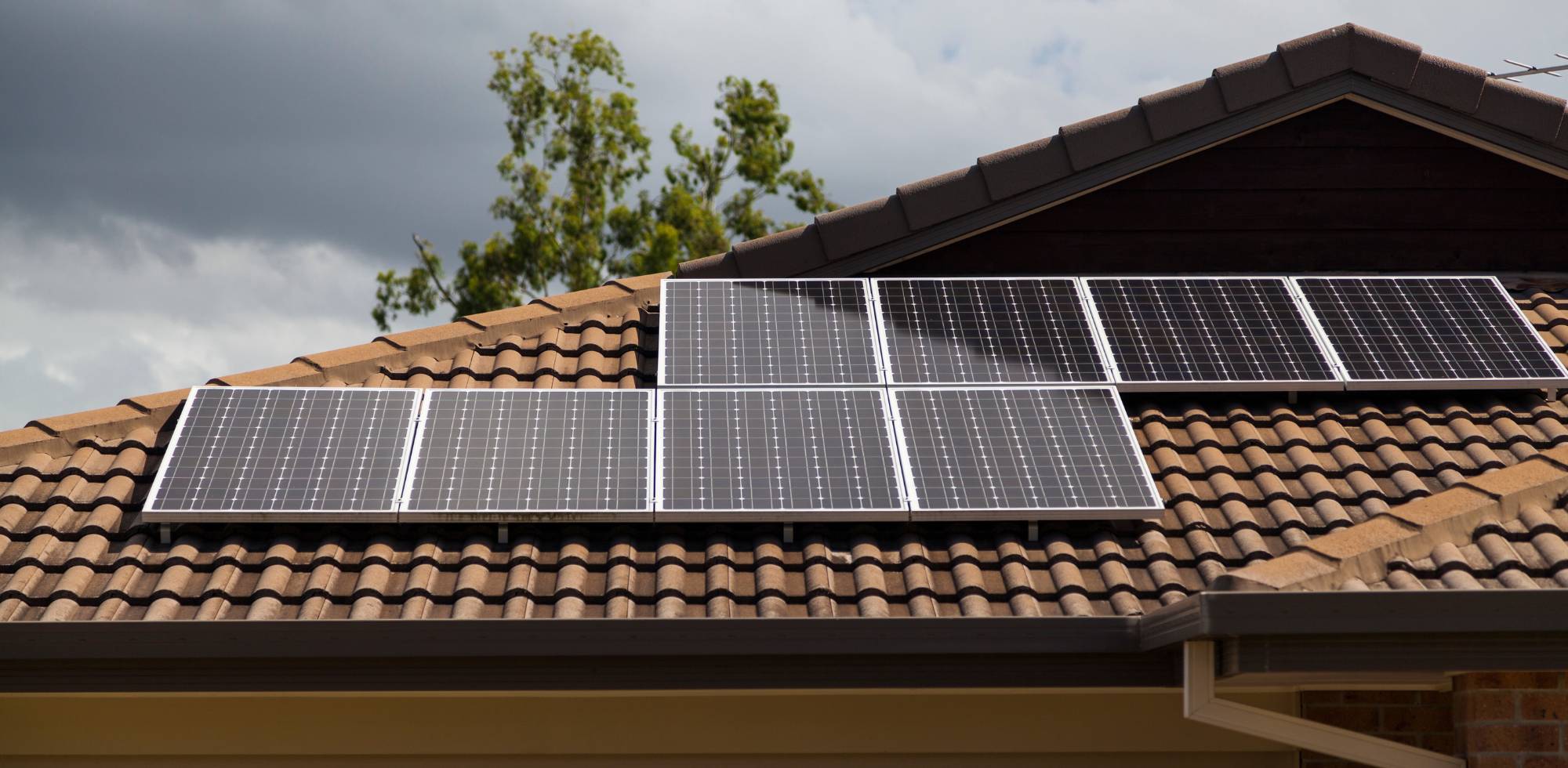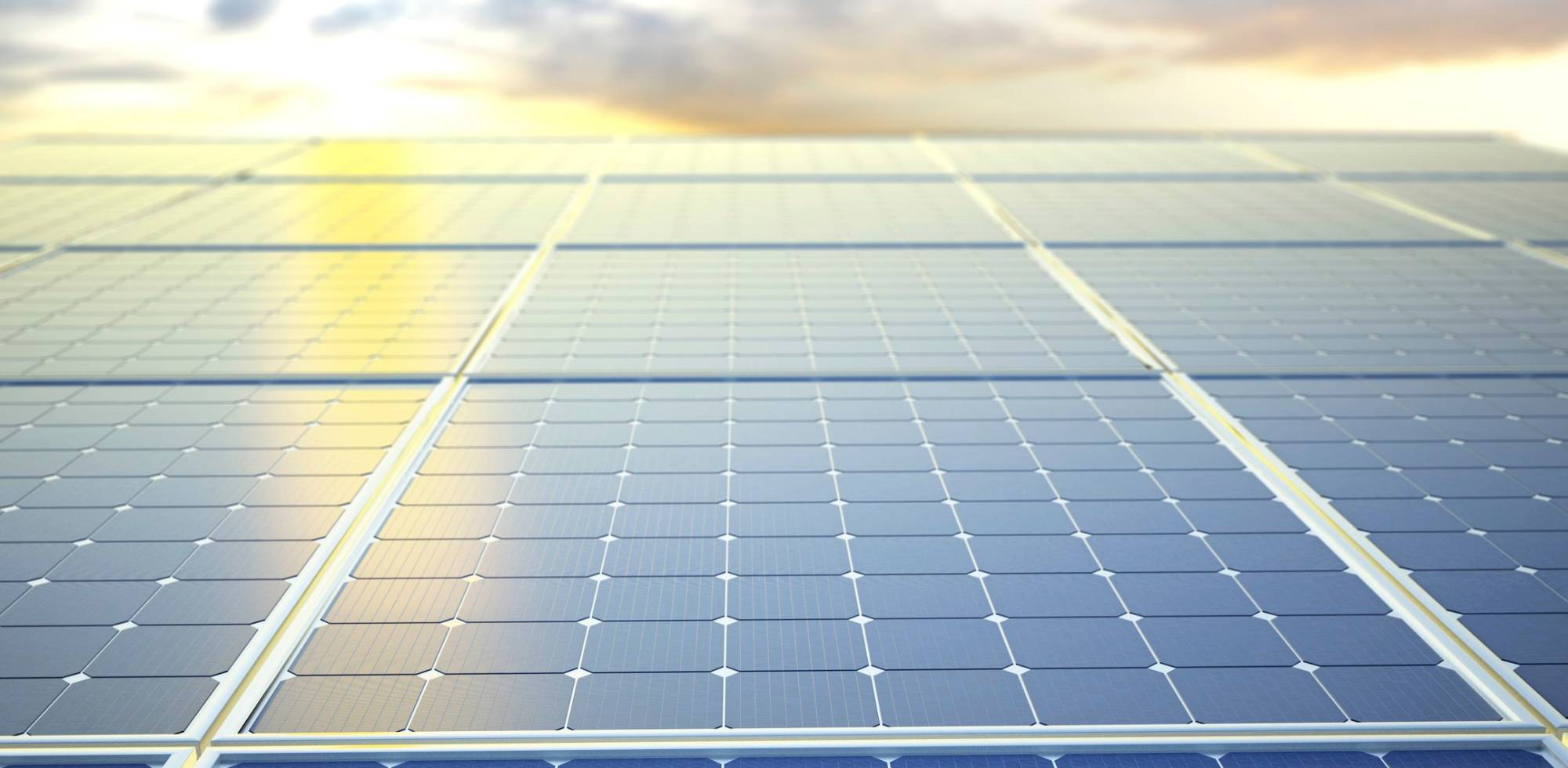Today, solar power plants are becoming an indispensable factor due to the growing importance of renewable energy sources in the fight against climate change. Considering available funding and incentive measures, especially in Croatia where solar potential is vast, solar energy is the most cost-effective source of renewable energy.
Non-integrated solar power plants represent standalone solar systems installed on the ground, distinguishing them from integrated variants embedded in building structures. Furthermore, they enable increased electricity production capacity in locations where integration with existing structures is limited or financially unfeasible.
Given their adaptability and efficiency, non-integrated solar power plants are becoming key in achieving sustainable energy goals.
How do non-integrated solar power plants function?
Non-integrated solar power plants represent an advanced approach to increasing electricity production. Unlike integrated systems embedded in building structures, non-integrated solar systems are standalone installations placed on the ground in specific areas.
A significant advantage of non-integrated solar systems is their efficient utilization of solar energy with minimal need for changes to existing building structures.
For example, non-integrated solar power plants are installed in:
- Industrial areas: large industrial complexes often use non-integrated solar power plants to generate additional electricity and reduce costs.
- Agricultural land: placing non-integrated solar power plants on agricultural land allows for dual use of space; for instance, agrosolars that produce solar energy in agricultural areas.
- Commercial buildings: on commercial buildings where it is impractical or economically unjustifiable to install solar panels on the structure.
- Rural areas: in rural areas with ample open space, non-integrated solar power plants can be an economically viable option for producing "clean" electricity.
Ground-mounted photovoltaic systems can be installed in locations with sufficient open space and sunlight exposure. Solar panels are installed in various ways, from metal frames embedded in the ground to poles that can support multiple solar panels above the ground.
What is the difference between integrated and non-integrated solar power plants?
Integrated solar power plants are solar systems embedded in building structures, such as the roofs of buildings or houses, optimizing space utilization and increasing the energy self-sufficiency of the structure.
On the other hand, non-integrated solar power plants are not embedded in building structures but are placed on the ground. The flexibility of non-integrated solar power plants allows for optimal utilization of solar energy without the need for integration with structures, making them an adaptable solution for different types of terrain and infrastructure requirements.
Advantages of non-integrated solar power plants
One of the key advantages of non-integrated solar systems is the efficiency of mounting solar panels on supports or structures on the ground. Furthermore, installation allows for precise alignment of panels towards the sun throughout the day, increasing energy production levels. Adaptability makes non-integrated solar power plants an ideal solution for areas with variable sunlight conditions or for installation on terrains with different slopes.
Another crucial aspect of non-integrated solar systems lies in the utilization of already available open spaces, resulting in optimal use of available land. This approach not only contributes to resource savings but also reduces the need for new infrastructure construction.
Non-integrated solar power plants are an important element of the transition to a sustainable energy model. Their efficiency, economic accessibility, and flexibility in installation make them a common choice for various sectors and terrains. As the world grapples with the challenges of climate change, solar systems demonstrate that innovations in the field of renewable energy sources can shape the future of energy.
Duplico Solar power plants
For comprehensive support in planning and implementing your solar projects, we invite you to try our solar calculator. After providing details and requirements, receive an informative calculation tailored to the specifics of your project directly to your email address.
With Duplico Solar, the step towards a sustainable and energy-efficient future becomes simple and tailored to your needs.



